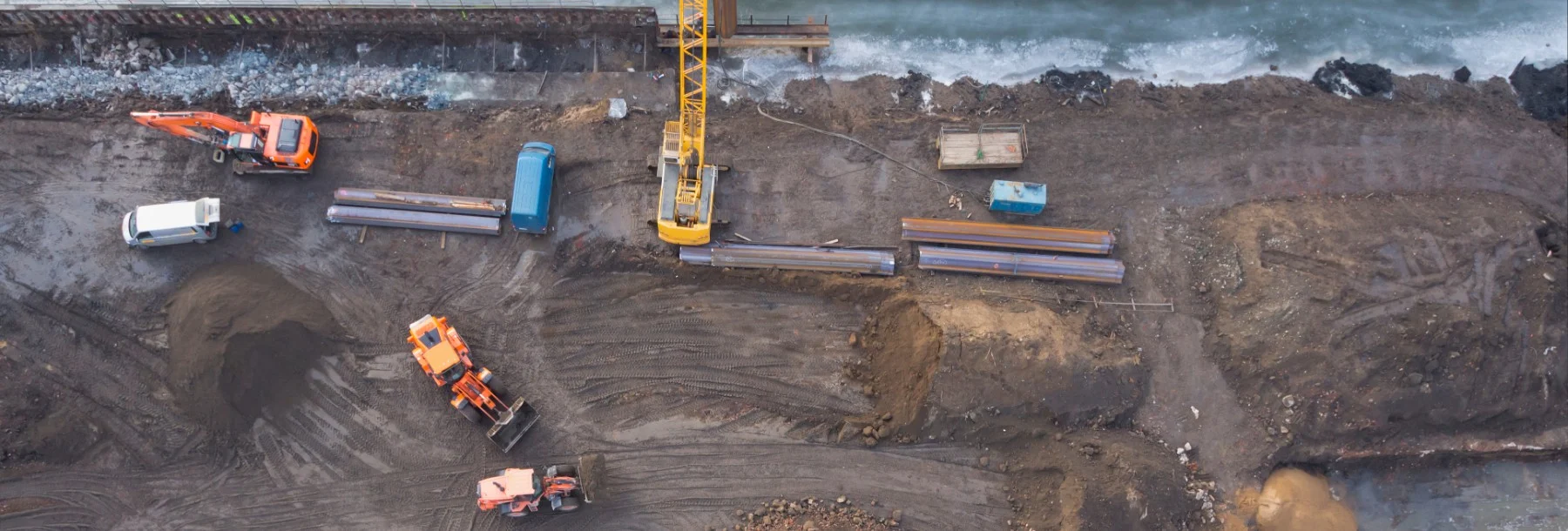Company News
New report: Physical operations are unprepared for natural disasters
October 7, 2025
Senior Vice President of Product and Engineering, Safety & AI

Get the latest from Samsara
Subscribe nowNatural disasters, supply chain disruptions, and other crises are accelerating worldwide, causing billions in losses and putting frontline workers at risk. Today, Samsara released its newest State of Connected Operations Report—Plan, Act, Recover: Disaster Preparedness in Physical Operations—which reveals a concerning truth: most organisations are gravely underprepared.
The report highlights insights from a survey of 1,550 emergency management professionals in physical operations, including 150 from Canada covering their concerns, priorities, and plans in the face of escalating physical threats. These findings are critical as leaders in industries like construction, logistics, utilities, passenger transit and more are expected to be ready to face challenges and continue providing essential goods and services to customers and citizens. Key insights include:
Leaders in Canada acknowledge broad preparedness gaps: 97% say they need to be more prepared for natural disasters.
Planning pays off: Following a disaster, 71% of organisations that actively plan for emergency events are able to return to normal operations within 3 days.
Leaders see AI and other technologies as key to improving response: 90% believe AI will fundamentally reshape disaster response within the next five years.
Read on to discover top insights from the report from Canada or download the full report to learn how leaders are turning to tools and technology to fortify their crisis response.
Download the reportSevere preparedness gaps are leaving organisations exposed
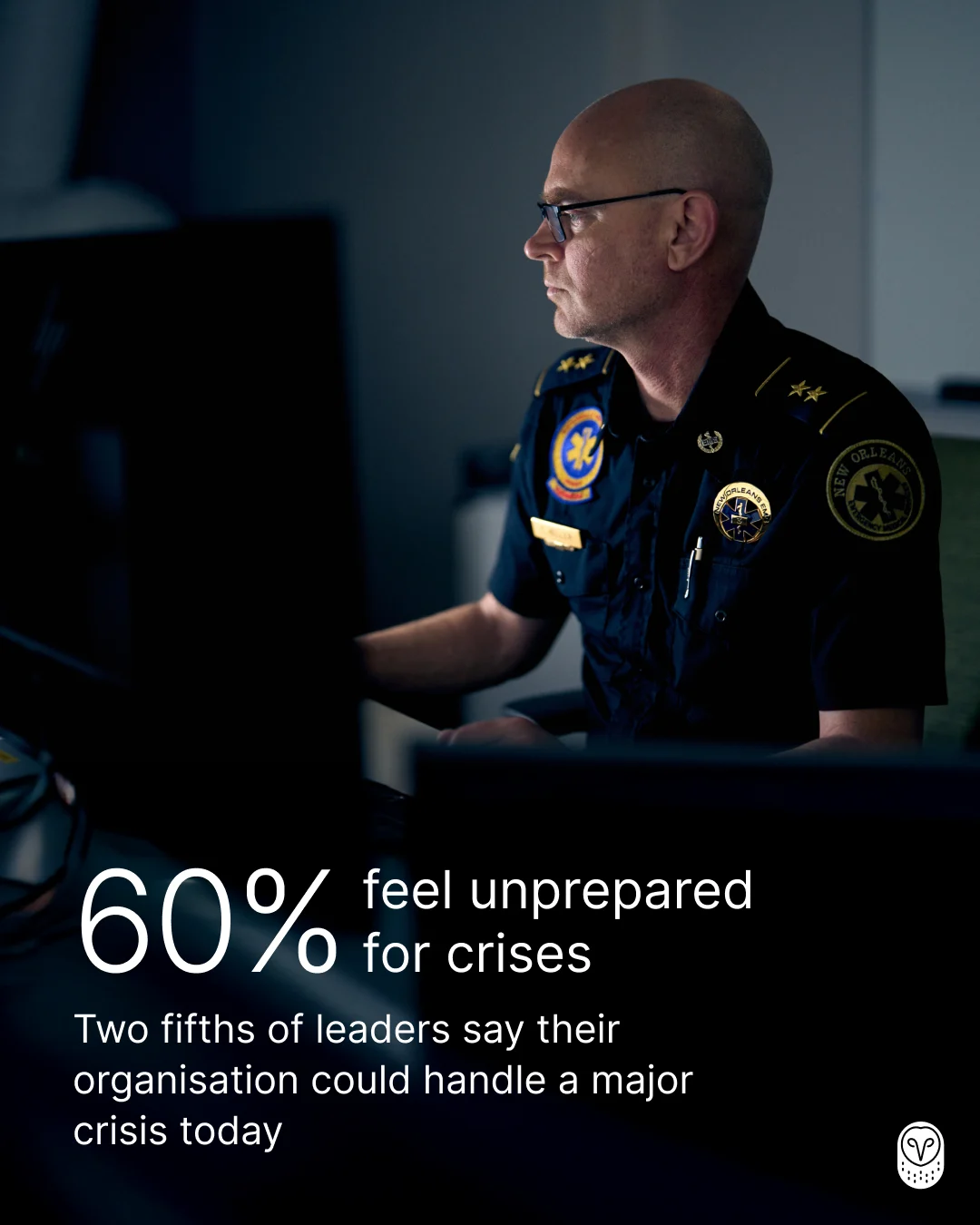
The vast majority of organisations are not ready for the increasing threat of natural disasters, supply chain disruptions, and other crises.
Inadequate preparedness: A staggering 60% of leaders don’t feel adequately prepared, but 40% do feel ready to handle a major crisis. Overall, 57% of organisations acknowledge they need more preparation.
Lack of proactive planning: Despite the clear danger, just 1% of organisations in Canada are actively planning for major crises in disaster-prone areas. This is in comparison to 1% in Canada, 12% in the UK and Ireland, and 10% in France.
Lack of visibility drives massive financial losses and safety risks
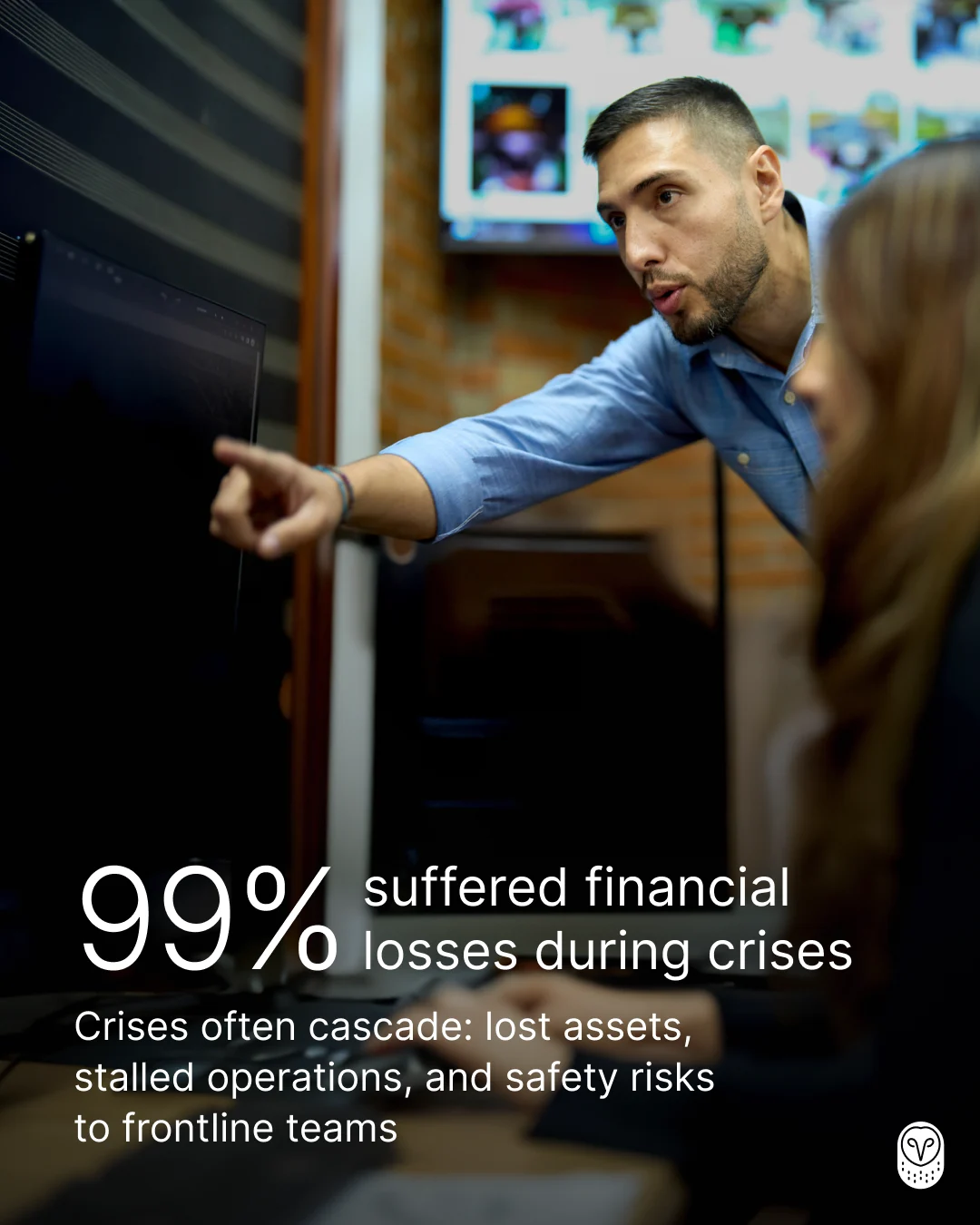
When a crisis hits, not knowing where critical assets are or having real-time data leads to significant vulnerabilities.
Major financial losses in Canada: 99% of organisations have experienced financial losses during crises from being unable to locate critical assets. Of these, 81% described those losses as moderate to severe.
No real-time data: 76% report inconsistent or no access to real-time data on key resources during emergencies.
Frontline worker vulnerability: 97% worry their current technology does not adequately protect frontline workers during emergencies, and 94% are concerned about maintaining communications connectivity if infrastructure is compromised.
Leaders see AI and other technologies as key to improving response
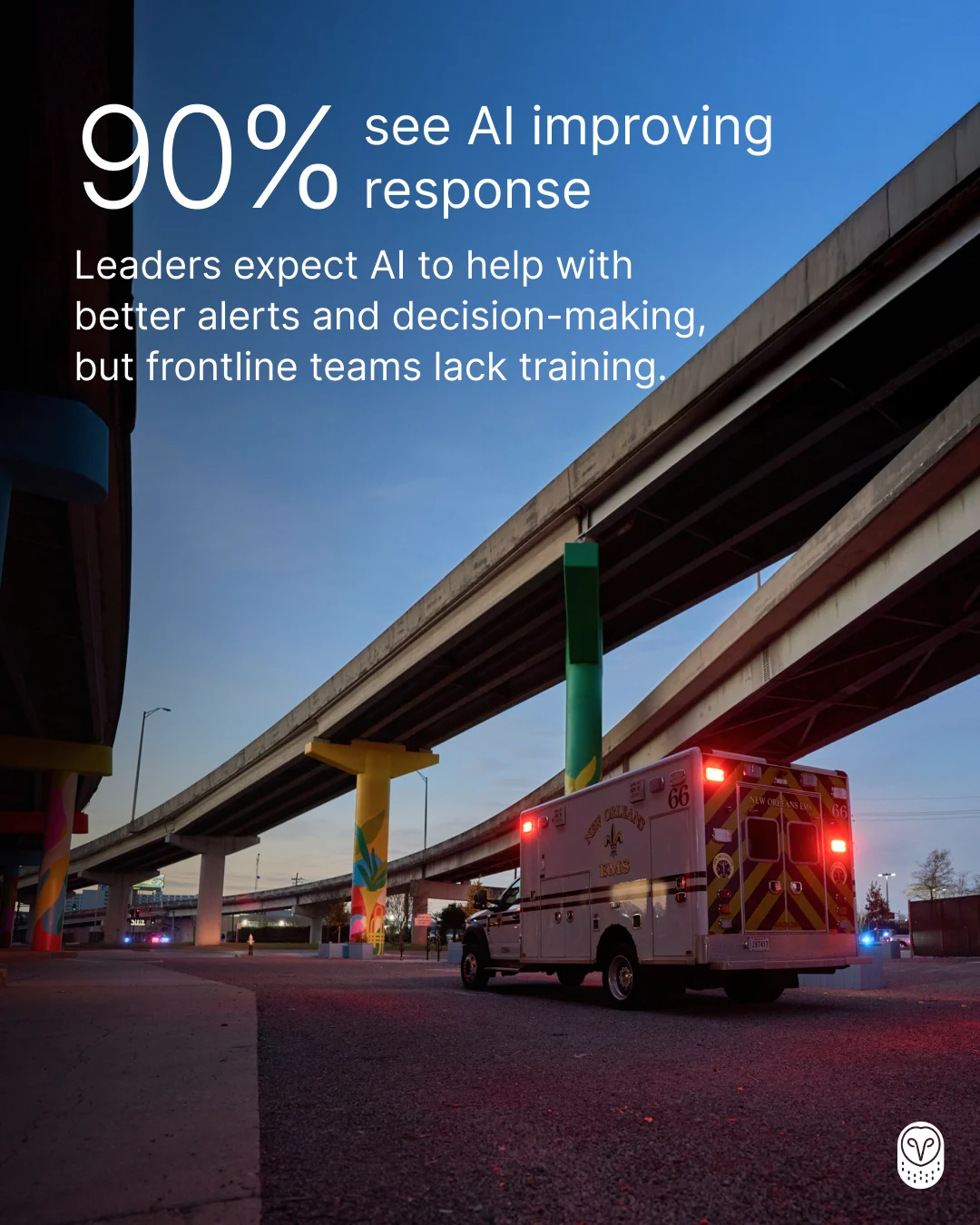
Technology, especially AI, holds immense promise for improving disaster response, yet the workforce isn't fully ready.
High hopes for AI: 90% of leaders in Canada believe AI will fundamentally reshape disaster response within the next five years—the highest confidence across all regions surveyed. Leaders specifically want AI to improve emergency planning, scenario modeling, early warnings, alerts, and real-time decision support.
Workforce training gap: Despite the belief in technology, 95% say their frontline teams are not adequately trained to use digital tools during a crisis.
Evolving training needs: 93% of leaders in Canada acknowledge that the rising frequency of disasters is reshaping the type of training their workforce needs, especially around data and technology.
Organisations that actively plan show measurable resilience
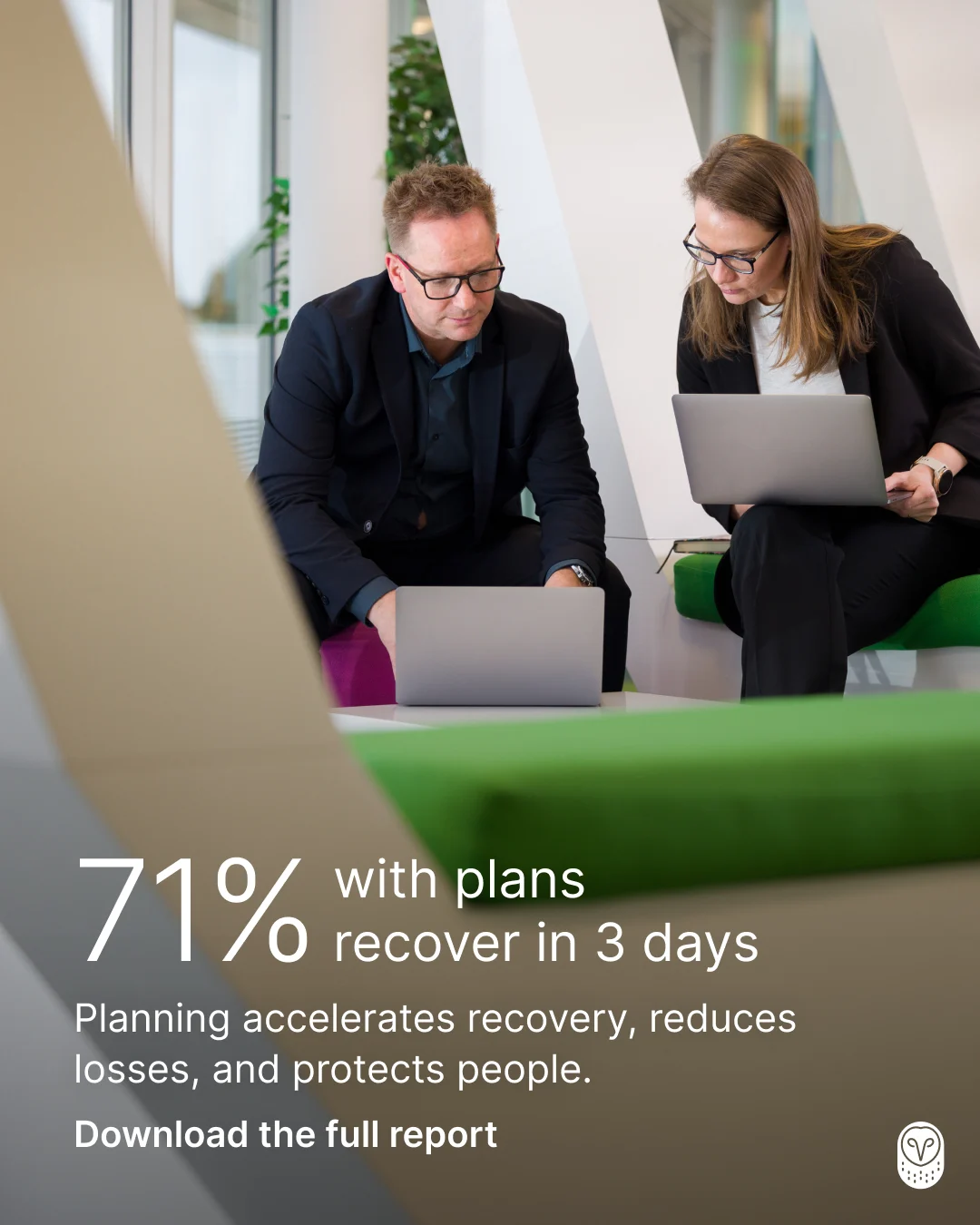
The good news? Preparedness makes a tangible difference in recovery and minimising losses.
• Rapid recovery: 71% of organisations with emergency plans are able to return to normal operations within three days of a major event. This suggests that preparedness directly accelerates recovery and minimizes losses.
Are you ready for tomorrow’s challenges?
The latest Samsara State of Connected Operations Report makes it clear: the time for action is now.
In an era of increasing disaster frequency, organisations need to adapt. Samsara provides the critical fleet management technology for faster, safer disaster response, helping organizations maintain visibility, communicate instantly, and protect their teams when it matters most. Our solutions are built for resilience and trusted by first responders and frontline teams.
To learn more about the urgent preparedness gap and gain deeper insights into how organisations can build resilience, download the full report today.
Download the report
Get the latest from Samsara
Subscribe now
















